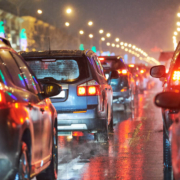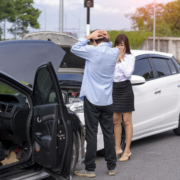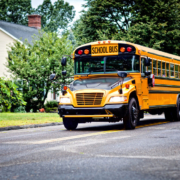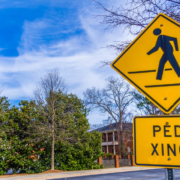The Importance of Keeping Accurate Records in a Personal Injury Case
When you decide to pursue a personal injury case, it’s better to have evidence your attorney doesn’t need than to lack evidence that could strengthen your case. You’ll need to prove every aspect of your claim, from how your injury happened to the ways it’s impacted your life. Keeping accurate records is one way to […]







